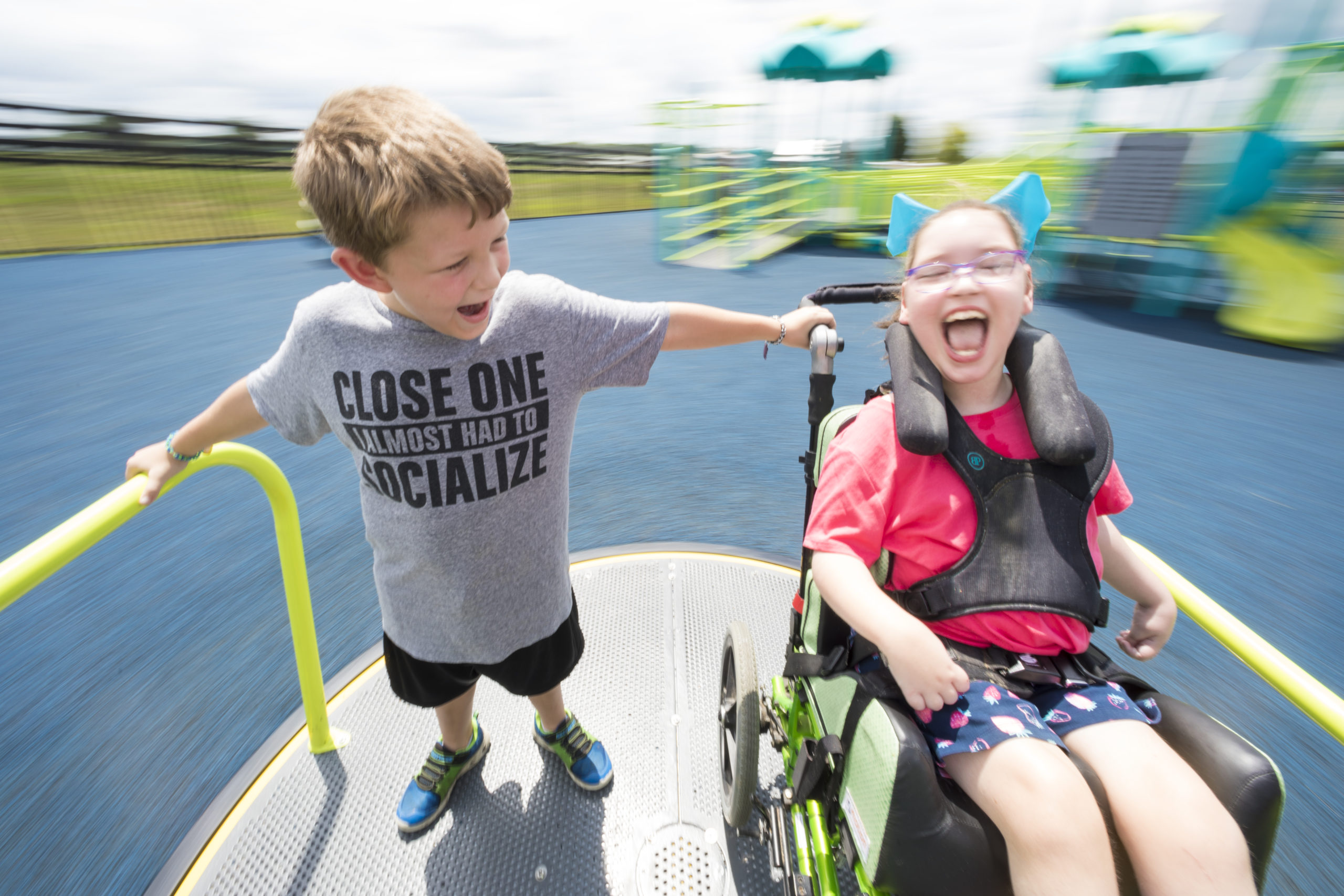The History of Inclusive Playgrounds

Well-designed, inclusive playgrounds provide a setting for children of all ages and abilities. They also promote awareness of those who may learn, play and communicate differently in an environment designed for interaction and fun. Although kids have been using their imaginations long before slides and swings were a part of recess, inclusive playground equipment cultivates healthy childhood development. Metro Recreation is proud to consult and design inclusive playgrounds in Maryland, West Virginia, and Washington, DC. What makes a playground inclusive is the innovative structures and spaces designed to unleash the potential for everyone regardless of age or physical ability.
The History of Playgrounds
The National Trust for Historic Preservation credits an 1886 sand garden in Boston as the first playground designed for children. America was well into the 20th century before they saw a need for public play spaces across the country. As urbanization and industrialization grew, humanitarians embraced playgrounds to help children living in cramped housing who lacked socialization and fresh air. Not only were playgrounds seen as a way to keep youth out of trouble by keeping them occupied, but it also became evident these planned areas helped develop gross motor skills. They also encouraged conversation and showed how fun it was to have a place to be a carefree kid.
In 1906, the Playground Association of America was formed. Their purpose was to show communities how these planned places for children could be of benefit. The group provided information on layout and design, construction information, and suggestions for the type of activities that were play-yard appropriate.
This History of ADA Inclusive Playgrounds
The Americans with Disabilities Act became a law in 1990. This important civil rights legislation prohibits discrimination against people with disabilities in jobs, schools, transit, and in public and private places, including playgrounds.
In 1993, the Federal Access Board’s Recreation Access Advisory Committee was instrumental in bringing the voices of those in wheelchairs into the conversation. The descriptions concerning how they transferred themselves in and out of wheelchairs in their daily lives led to immediate changes. Playground manufacturing companies began designing for those who wanted the ability to play like everyone else.
Inclusive Playgrounds Today
Although playgrounds have come a long way since the passage of ADA requirements, all-inclusive playgrounds also consider the needs of children with sensory processing issues. Along with wheelchair ramps, low-impact surfaces, and customized swings, you will also find inclusive playgrounds that include music, rich touchable textures, and exploration opportunities for all, including little ones who may be hearing impaired. Those overwhelmed by too much stimulation or conversation can find safe spaces for quiet before rejoining their peers at play.
Inclusive playgrounds are thoughtfully planned and designed by our teams at Metro Recreation. We want to ensure a positive experience for all who visit your space. Not only do we offer FREE site visits, but Metro can also help you maximize your available area to create the best play value for your budget. Contact us today!




